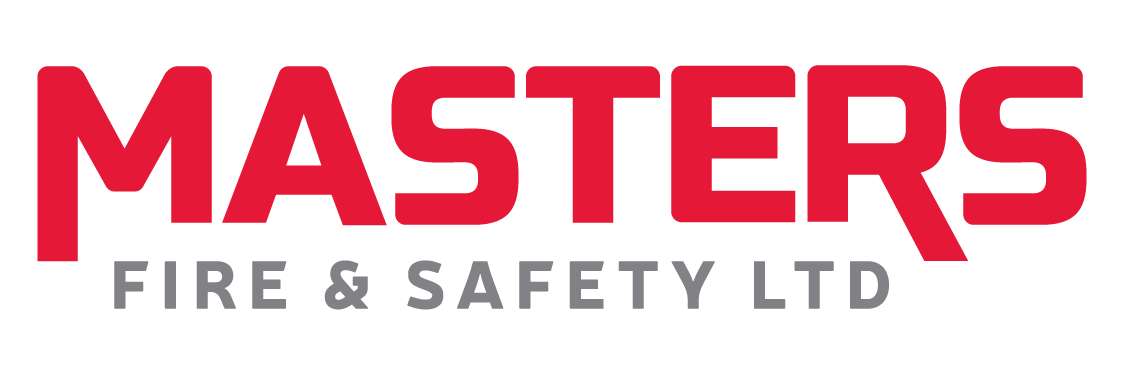The NFPA standard mandates the maintenance of sprinkler equipment in good working order along with inspection, testing and maintenance records. Inspections will be performed on an annual basis.
Examples of work performed during an inspection include:
-
- Identify potentially detrimental site conditions that could compromise the performance of mechanical and/or electronic components of the sprinkler.
- Check for adequate coverage, clearance, and condition of all visible sprinkler heads to allow for proper distribution if activation occurs.
- Verify that the sprinkler control valves are in the proper open or closed position and that they are also in good condition, are monitored and secured. They should be accessible, operated through their full range of motion and should have appropriate signage in place.
- Perform the required tests for each water flow or water pressure device.
- Complete main drain test on each device.
- Replace or recalibrate pressure gauges as required.
- Record the static and residual pressures to confirm there is no blockage in the supply line piping.
- Check the Fire Department connection caps, couplings, threads and dapper.
- Check valve and ball drip to verify that the unit is in proper condition and ensure that it isn’t leaking. Also, ensure that there are no objects inside the fire department connection that could get pushed into the system.
- Inspect and test the fire sprinkler system alarm components for satisfactory condition, proper alarm tie in and activation.
- Perform standpipe flow test as required by code.
- Verify the quantity and styles of spare sprinkler heads in the spare headbox.
- Confirm that there are proper types and quantities of heads and that the appropriate wrench is located in the spare headbox.
- Inspect the general condition of visible sprinkler system piping, hangers, drain valves, gauges and related equipment.
- Check and record the priming water pressure if applicable.
- Complete the required annual partial trip test or the 3-year full flow trip test.
- Perform 5-year internal examination of alarm and check valves.
- If applicable, inspect the deluge or pre-action valves according to the manufacturer’s specifications, including internal inspection and cleaning of the valve body, dapper, latching mechanism, trim and gaskets.
- Upon completion of the inspection and performing necessary repairs, applicable inspection documents and noted deficiencies shall be left at the location and made available electronically.
- Tag all devices as required and perform required record keeping.

